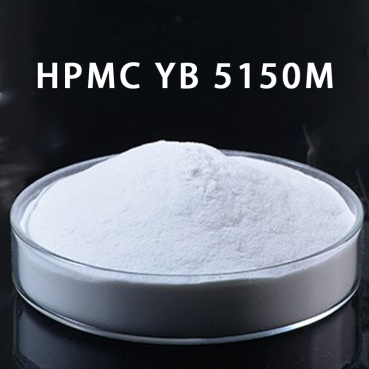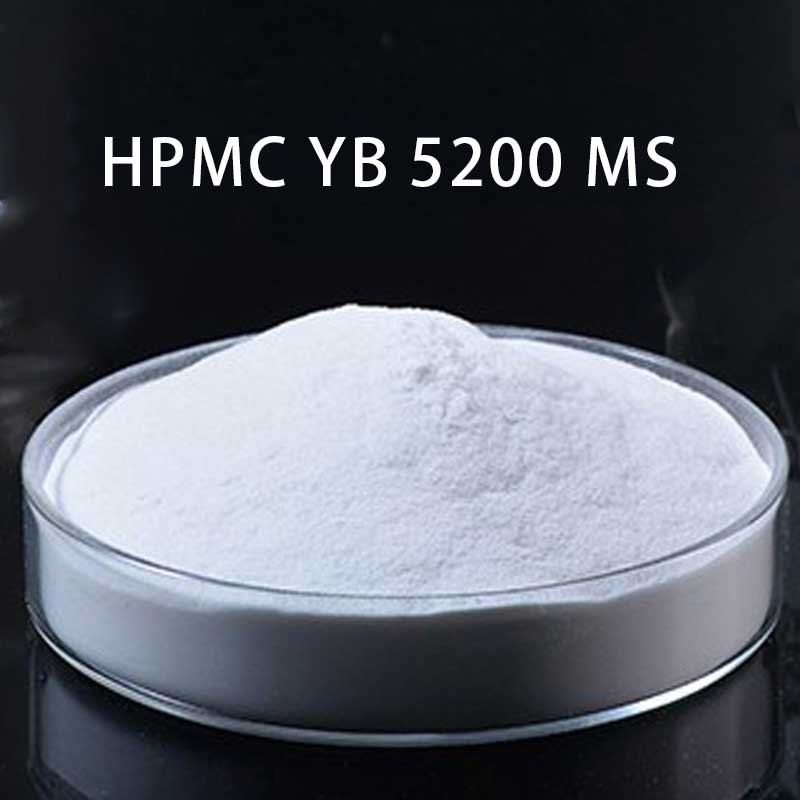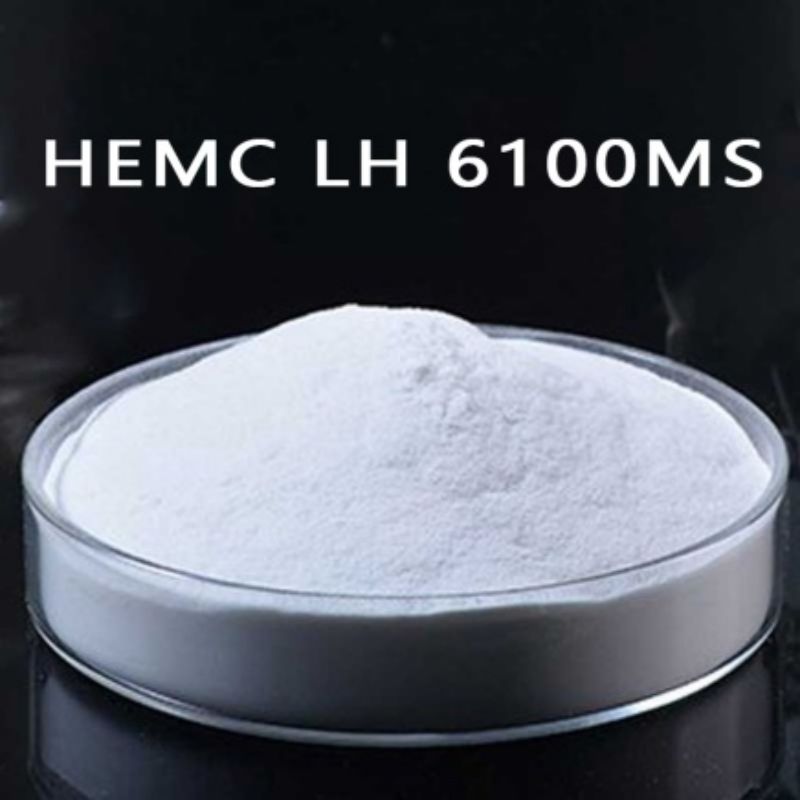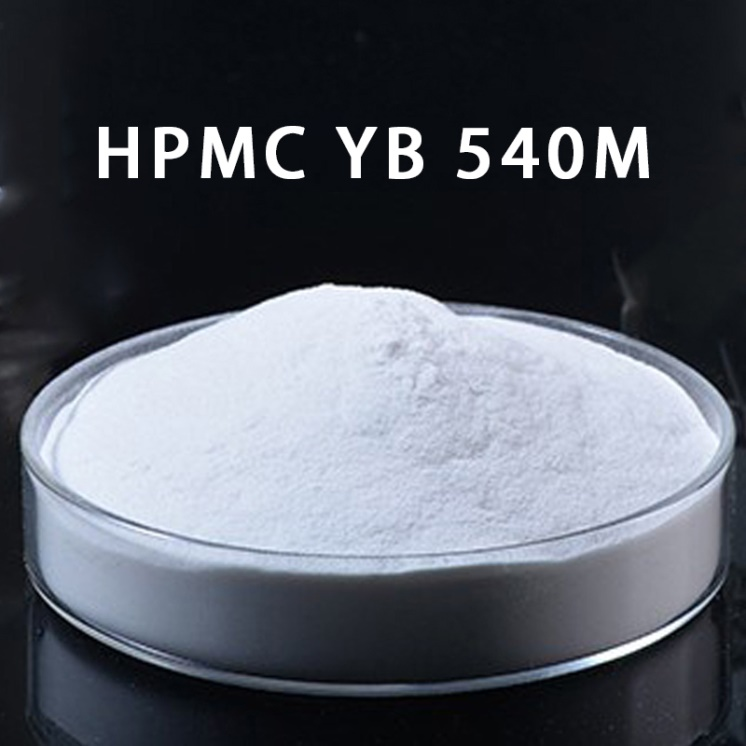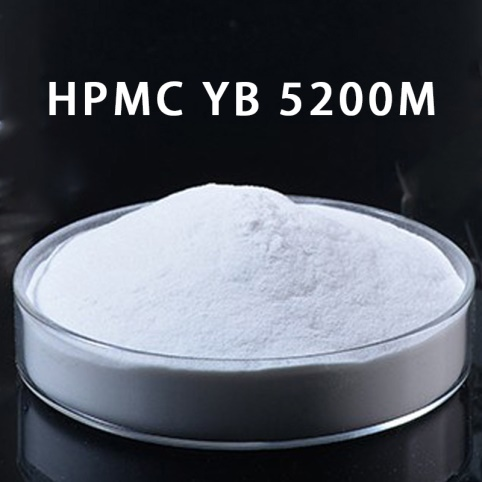
Products
HEMC LH 6150M
Specification of HEMC LH 6150M
| Chemical name | Hydroxyethyl Methyl Cellulose |
| Synonym | Cellulose ether, 2-hydroxyethyl methyl cellulose, Cellulose, 2-hydroxyethyl methyl ether, Methyl hydroxyethyl cellulose, HEMC, MHEC |
| CAS number | 9032-42-2 |
| Brand | EipponCell® |
| Product Grade | HEMC LH 6150M |
| Solubility | Water Soluble Cellulose ether |
| Physical form | White to off-white cellulose powder |
| Moisture | Max.6% |
| PH | 4.0-8.0 |
| Viscosity Brookfield 2% solution | 55000-65000mPa.s |
| Viscosity NDJ 2% solution | 120000-180000mPa.S |
| Ash content | Max5.0% |
| Mesh size | 99% pass 100mesh |
| HS code | 39123900 |
Application of HEMC LH 6150M
EipponCell® HEMC LH 6150M hydroxyethyl methyl cellulose takes a significant place among the cellulose ether additives within the realm of dry powder mortar. This hydroxyethyl methylcellulose brings forth a plethora of functions when incorporated into mortar formulations. Its paramount role in cement mortar lies in water retention and thickening, vital aspects that shape its utility.
Beyond its fundamental roles, hydroxyethyl methyl cellulose's interaction with the cement matrix endows it with auxiliary capabilities. These encompass facilitating air entrainment, retarding setting times, and enhancing tensile bond strength, contributing to a comprehensive effect on mortar performance.
Water retention emerges as the cornerstone of HEMC's impact on mortar. This cellulose ether additive finds application across a spectrum of mortar products primarily due to its prowess in maintaining water content. The degree of water retention achieved by HEMC is intricately tied to factors such as viscosity, degree of substitution, and particle size, which collectively contribute to its effectiveness.
When wielded as a thickener, hydroxyethyl methyl cellulose's thickening prowess is intricately linked to parameters like degree of substitution, particle size, viscosity, and degree of modification. Broadly speaking, the higher the degree of substitution and viscosity of the cellulose ether, coupled with smaller particle sizes, the more pronounced the thickening effect becomes.
Documents of HEMC LH 6100M
Recommended HEMC for Building & Construction
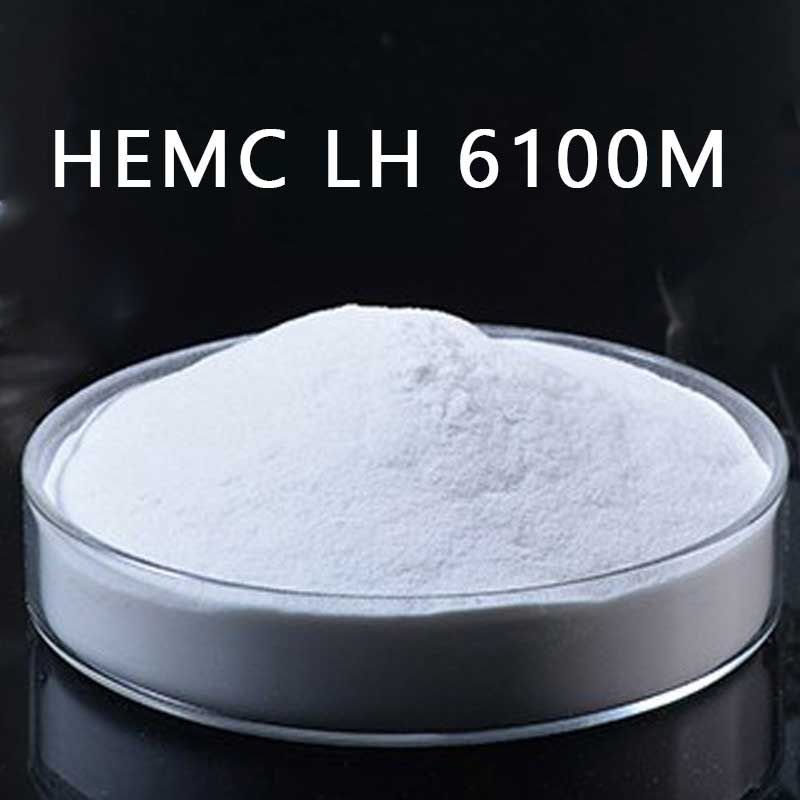
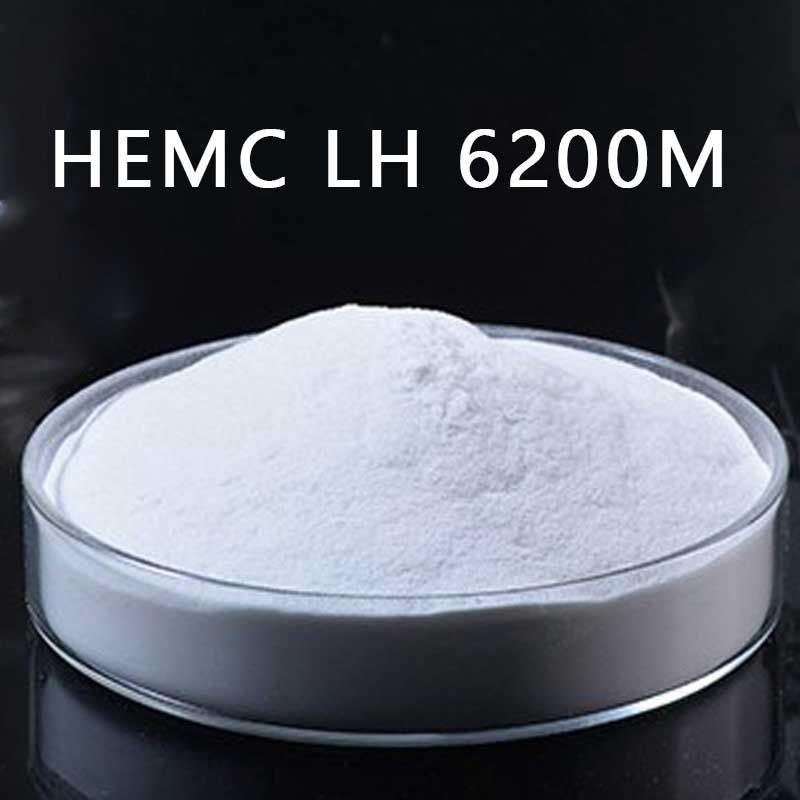
Address
Mayu Chemical Industry Park, Jinzhou City, Hebei, China
Tel/Whatsapp
+86-311-8444 2166
+86 13785166166 (Whatsapp/Wechat)
+86 18631151166 (Whatsapp/Wechat)
Latest information
news





